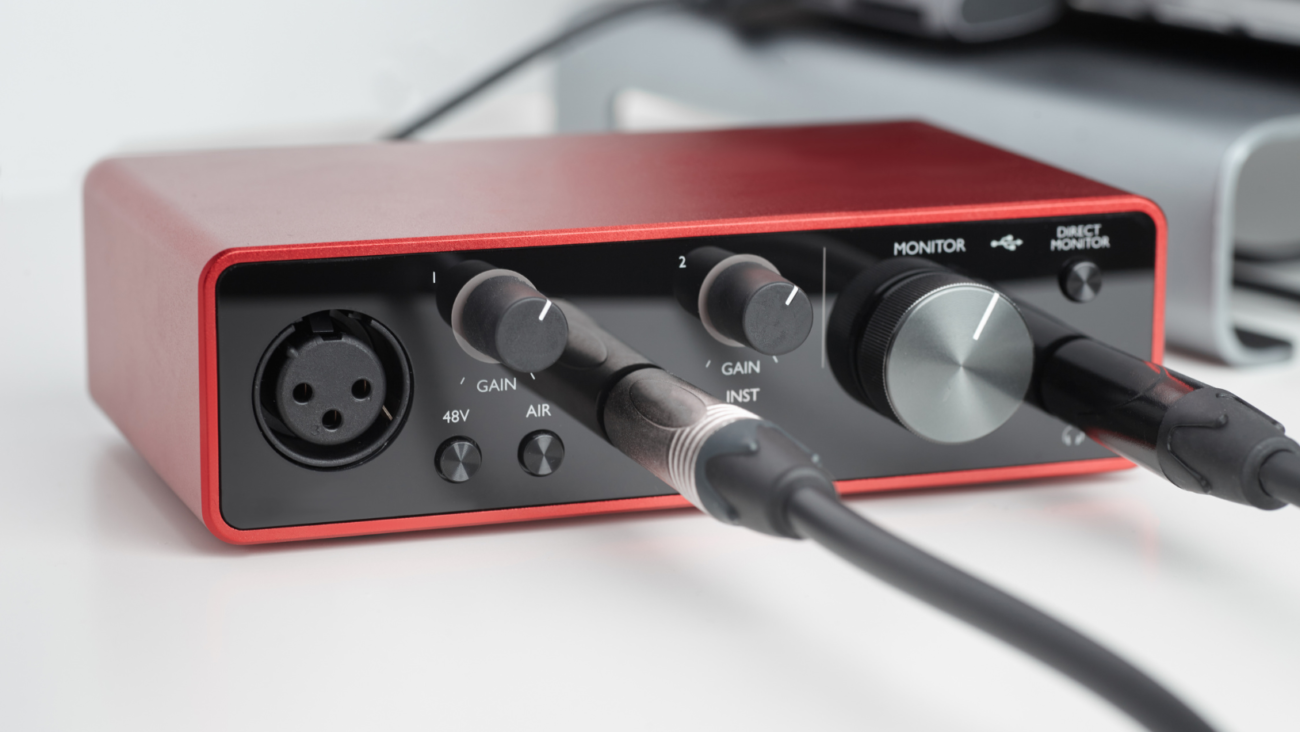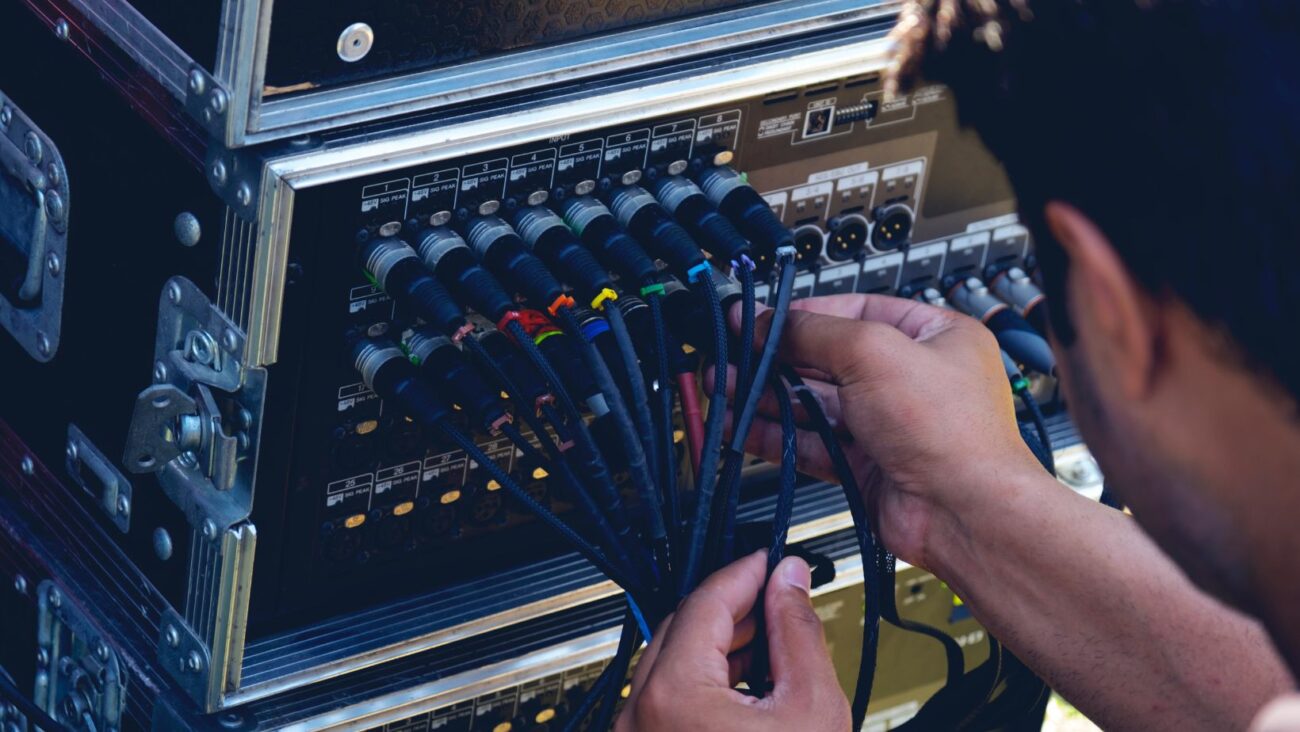Comparing HDMI Versions: Why HDMI 2.0 Matters for 4K and 120Hz Displays
In audiovisual technology, HDMI (High-Definition Multimedia Interface) cables are critical in transmitting high-quality audio and video signals between devices. As technological advancements shape display resolutions, understanding the disparities among HDMI versions becomes vital for meeting specific display requirements. In this article, we will comprehensively compare HDMI versions, emphasizing the importance of HDMI 2.0 in relation to 4K and 120Hz displays.
Understanding HDMI Versions
HDMI technology has undergone several iterations, each introducing new features and advancements. The most frequently encountered HDMI versions include HDMI 1.4, HDMI 2.0, and the latest iteration, HDMI 2.1. While HDMI 1.4 caters to high-definition resolutions, HDMI 2.0 takes a significant leap forward by accommodating the demands of 4K and 120Hz displays.
Supporting 4K Resolution
One of the primary rationales for the significance of HDMI 2.0 with 4K displays lies in its capacity to handle the increased bandwidth required for Ultra HD content. HDMI 2.0 supports a maximum resolution of 3840×2160 pixels, widely known as 4K. This advancement ensures that HDMI 2.0 cables can effectively transmit the vast data necessary to present intricate details and lifelike visuals on compatible displays.
Enabling Higher Refresh Rates with 120Hz Displays
Beyond supporting 4K resolution, HDMI 2.0 is crucial in facilitating 120Hz displays. The refresh rate denotes the number of times a display refreshes its image per second. Traditional displays typically operate at a 60Hz refresh rate, indicating a refresh rate of 60 times per second. However, with the rise of high-refresh-rate displays like gaming monitors or advanced TVs, a desire for a higher refresh rate of 120Hz has emerged. HDMI 2.0 enables the transmission of video signals at this elevated refresh rate, ensuring smooth and fluid motion for fast-paced content such as action movies or video games.
Amplifying Bandwidth and Audio Enhancements
One of the standout features of HDMI 2.0 is its increased bandwidth, capable of reaching up to 18 Gbps (gigabits per second), surpassing the 10.2 Gbps offered by HDMI 1.4. This enhanced bandwidth becomes critical in handling the larger data streams necessitated by 4K resolution and higher refresh rates. HDMI 2.0 supports advanced audio formats such as Dolby TrueHD and DTS-HD Master Audio, delivering immersive and high-fidelity sound experiences that perfectly complement the stunning visuals.
Backward Compatibility
While HDMI 2.0 brings about significant improvements, it’s important to note that it maintains backward compatibility with previous HDMI versions. This means that HDMI 2.0 devices can be connected to displays with HDMI 1.4 ports, although the advanced features of HDMI 2.0 may still need to be fully utilized. Nonetheless, for optimal performance, it is recommended to have both the source device and the display support HDMI 2.0.
As technology advances and display resolutions push boundaries, HDMI 2.0 emerges as an essential standard for 4K and 120Hz displays. Its ability to handle increased bandwidth, support higher refresh rates, and deliver enhanced audio makes it the preferred choice for enthusiasts and professionals. Whether you’re gaming, watching movies, or simply immersing yourself in the latest content, investing in HDMI 2.0 cables ensures that you can unlock the full potential of your high-resolution and high-refresh-rate displays.
To experience the benefits of HDMI 2.0, consider checking out our Premium 4K 120Hz HDMI Cable 2.0 with high-speed Ethernet available at Coluber Cable. Check out our newest premium HDMI cables designed to elevate your audiovisual experience.
Upgrade your setup and embrace the future of display technology with Coluber Cable’s high-quality HDMI cables today!









